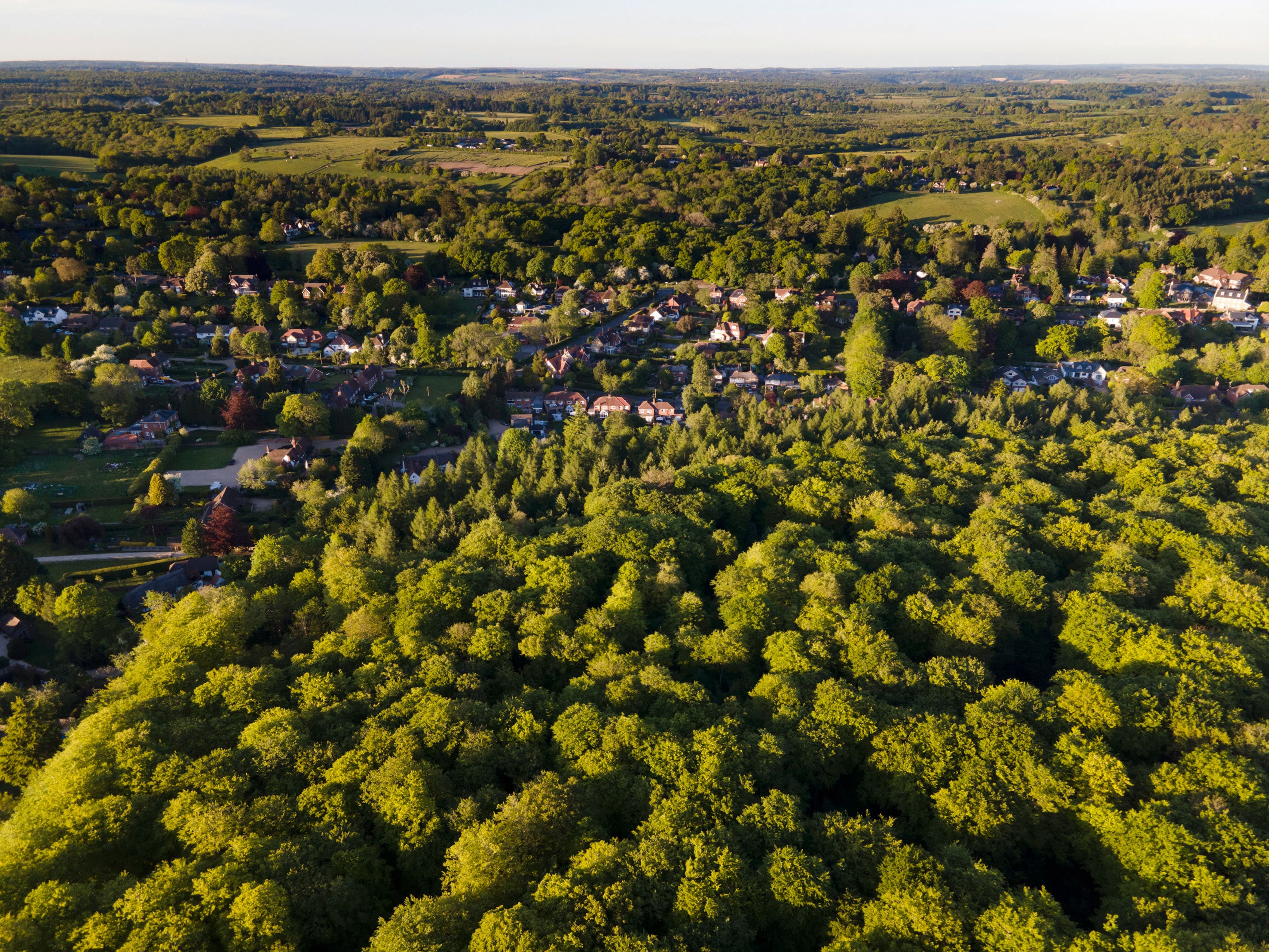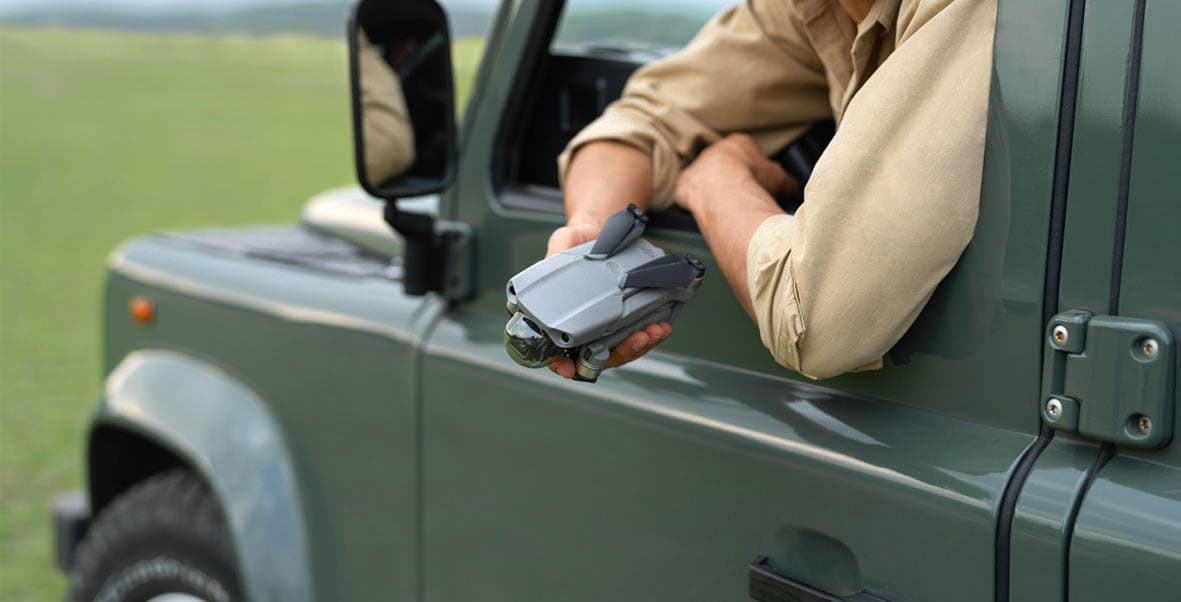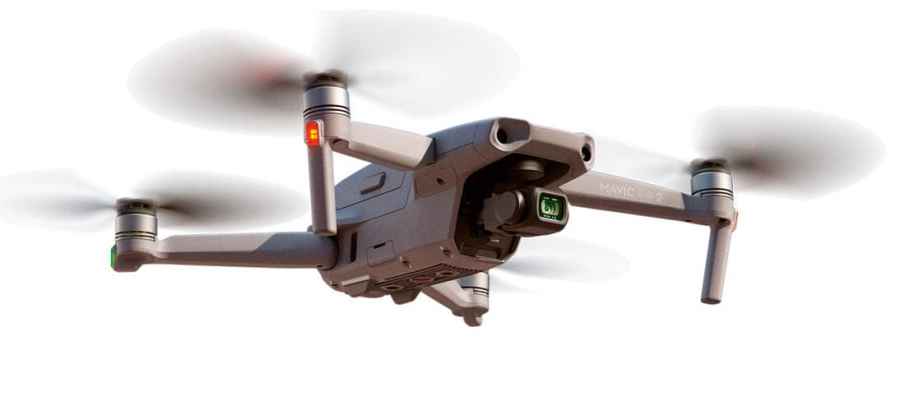
Your guide: Angela Nicholson
Photographer and journalist Angela Nicholson holds a PfCO and has completed the GVC and A2 CofC training. She’s also our former Technical Editor and in 2018 she founded SheClicks, a community for female photographers. See her website for more.

Thanks to developments in drone technology and lower prices, it’s now feasible for enthusiast photographers to shoot aerial images and video. However, growing concerns about safety and privacy mean the laws governing the use of drones are going to change. Actually, if the Covid-19 pandemic hadn’t come along, the new laws would have been implemented in the UK on 1 July, but it has been rolled back to 31 December this year.
So where does that leave us now? Well, currently if you’re a recreational pilot who flies a drone that weighs less than 250g, the DJI Mavic Mini for example, you don’t have a great deal to worry about. If, however, you have a drone that is heavier than 250g, for example the DJI Mavic Air 2, you need to register the drone with the CAA (Civil Aviation Authority) via https://register-drones.caa.co.uk/ and take an online theory test to get a flyer ID. It costs £9 to register a drone but getting a flyer ID is free. All drones over 250g need to be labelled with their registration number.
If you want to fly a drone commercially, you need to hold a Permission for Commercial Flight (PfCO) from the CAA. The definition of commercial flying is a bit vague but it’s generally understood that if you agree a fee (money or goods) before making the flight, then that is a commercial flight. If, however, you capture a stunning image during a flight and someone later offers you money for a print, that was not a commercial flight.

Even in rural areas, it can be hard to find somewhere 150m away from residential, commercial, industrial or recreational areas, making the A2 CofC qualification attractive to enthusiast pilots
What happens after 31 December?
Once the new drone regulations come in, the distinction between commercial and recreational flying will disappear and there will be greater emphasis on risk mitigation. The requirement to have a flyer ID and register your drone will continue and be extended to include all drones with a camera – including those under 250g.
New drones will also be certified into five classes, C0-C4, according to their weight, speed and design (there are no classified drones yet); and drone operations (flights) will be divided into three categories, Open, Specific and Certified.
The Open category is likely to be the most interesting to photographers. It requires that the drones have a maximum take-off mass below 25kg, they are flown within unaided visual line of sight and not higher than 400 feet (120m).
There are three subcategories in the Open category: A1 – Drones under 250g. Because of the low risk they pose, these drones can be flown over people (but not crowds) and no qualification is required.
A2 – Drones less than 4kg. Provided that the operator holds an A2 Certificate of Competence (CofC) and is flying a class C2 drone, these drones can be flown as close as 30m from uninvolved people in normal circumstances and as close as 5m in the drone’s ‘low-speed mode’.
A3 – You don’t need a qualification to fly drones of under 25kg in weight in this category but you must fly 150m away from residential, commercial, industrial or recreational areas and 50m from uninvolved people.
The Specific category is for sub-25kg drone operations that are more risky than those covered by the Open category, and the Certified category takes things up a notch further to include drones over 25kg.
The qualifications
After the new regulations come in you could theoretically start a business with a sub-250g drone with nothing more than a CAA Flyer ID and commercial insurance. However, there will be two qualifications, the General Visual Line of Sight Certificate (GVC) which is widely seen as the replacement for the PfCO and allows people to fly drones in the Specific category, and the A2 Certificate of Competence which is a great option for enthusiast photographers and recreational pilots. To obtain either of these you need to register with a CCA-qualified training school (known as a Recognised Assessment Entity or RAE) for theory training followed by multiple-choice tests.
Once you’ve passed the GVC theory test you must take a flight test (Operational Assessment) before completing your Operations Manual, a document that outlines the procedures you will follow to ensure that you work safely. Once the RAE is satisfied that you’ve met all the criteria, you will be sent a certificate that you send with your Operations Manual and your application to the CAA. There is no flight test or requirement to complete an Operations Manual for the A2 CofC but you have to confirm a level of flying competence.
Both of the training courses are available now but the permissions will only be issued after the regulations come in. However, if you take the GVC course before 31 December you can opt to be issued with a PfCO.

Given some negative publicity around drones, it’s important you educate yourself about the new laws
Expert opinion
Matt Williams is the CEO of UAVHUB, the world’s largest commercial drone training school and the first to be granted Recognised Assessment Entity status by the CAA. He recommends the A2 CofC course (£199) for recreational pilots as it reduces the required distance from built-up areas from 150m to a more manageable 50m initially – and to 30m once the new, safer C2-class drones are available. While Matt understands the need for the new regulations, he feels that there should still be a requirement for commercial drone pilots to hold a qualification with the A2 CofC as a minimum.








